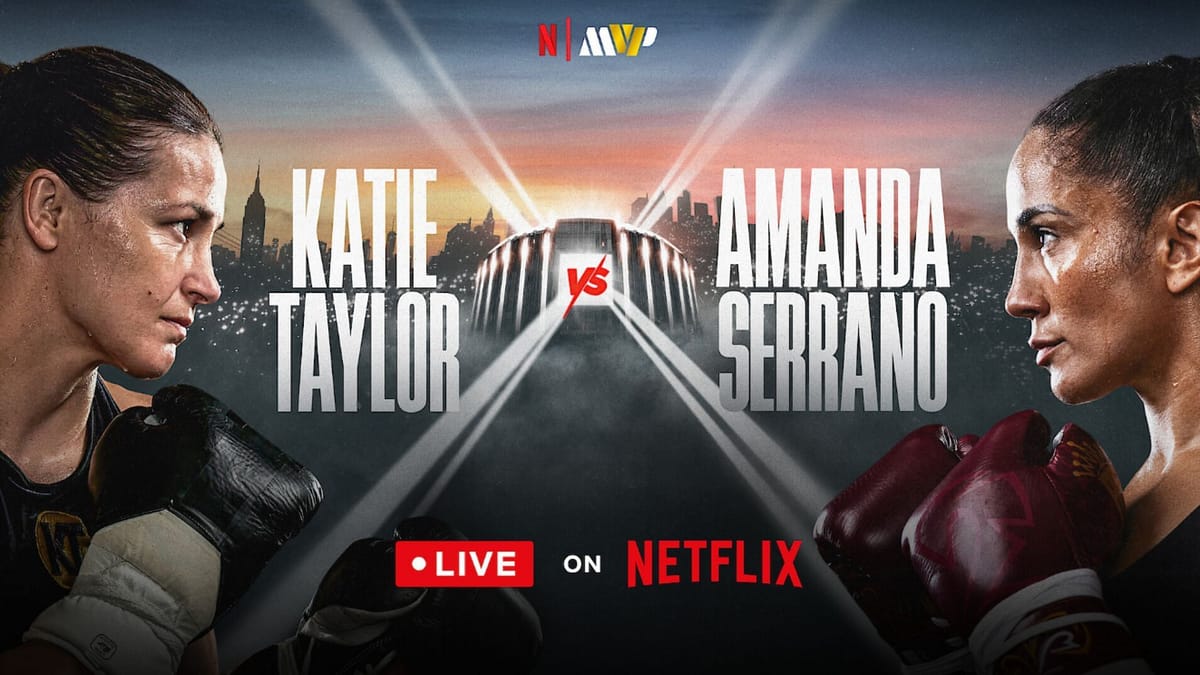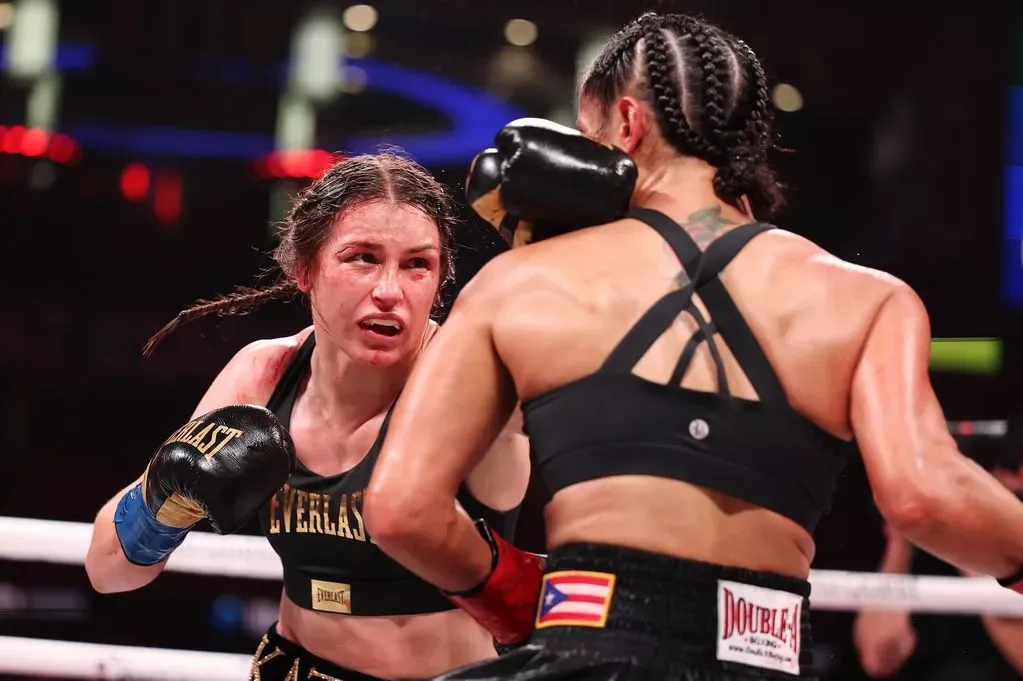Amanda Serrano vs Katie Taylor 3: How Women’s Boxing Is Making History at Madison Square Garden

A Historic Trilogy Reaches Its Climax
The upcoming bout between Amanda Serrano and Katie Taylor on Friday, July 11, 2025, at Madison Square Garden stands as a defining moment—for these fighters and for the global trajectory of women’s boxing. When they first faced each other in April 2022, they became the first women to headline MSG, marking a seismic shift in visibility for female athletes in combat sports. Now, as they prepare for their third clash, the fight has transcended rivalry—it has become a statement about how far women’s boxing has come and where it’s headed next (AS).
A Groundbreaking Card at Madison Square Garden
This is not just a boxing match—it’s the centerpiece of the first all-women’s fight card ever held at MSG, streamed live in 192 countries via Netflix. The event features five championship bouts with 17 belts on the line, a world record for most titles contested on a single night (New York Post). With prelims starting at 4:00 p.m. ET and the main event slated for 8:00 p.m. ET, all eyes are on New York for a night built to change the course of boxing history (Bad Left Hook).
The choice of Netflix to carry the broadcast breaks with the traditional pay-per-view model and instead opens the event to millions of subscribers globally. It’s a move that expands the sport’s reach and offers a new template for distributing high-stakes fights—one that favors accessibility and engagement.
Unfinished Business in the Ring
The trilogy between Serrano and Taylor is not just athletic—it’s emotional, even political. Their 2022 bout ended with Taylor edging out a controversial split decision. In their 2024 rematch, Taylor again won—this time unanimously—despite fight statistics showing that Serrano landed more punches and power shots. According to CompuBox data reported by MMA Fighting, Serrano connected on 34% of her punches, compared to 30% for Taylor, and outlanded her in nearly half of the rounds. Many observers argue Serrano deserved at least one of the victories.
That tension has added high-stakes drama to the third bout. For both women, this isn’t just a title defense or reclamation—it’s the culmination of years of rivalry, redemption, and recognition.

Record Payouts and Global Reach
The Serrano-Taylor trilogy is also historic in terms of earnings. Each fighter is expected to earn a guaranteed $6 million, not including sponsorship and streaming bonuses (Reuters). This makes it the highest-paid women’s boxing match in history. The total event revenue is projected to surpass $20 million, further proving the marketability of elite female fighters and showcasing a viable financial model for future all-women’s cards (TalkSport).
In a sport where women were often underpaid or overlooked, this represents a new era. A few years ago, top female fighters were earning less than $100,000 per match—if they were lucky.
A Global Shift in Women’s Boxing
This isn’t an isolated phenomenon. Around the world, women’s boxing is gaining momentum at a stunning pace. In March 2025, an all-women’s card at Royal Albert Hall headlined by Lauren Price and Natasha Jonas drew 1.2 million live viewers on Sky Sports, with another 500,000 watching on-demand (The Guardian).
In Poland, where national regulation now mandates a women’s bout on every televised card, women’s boxing accounted for 27% of all broadcast time by mid-2025—up from just 6% in 2022 (Reuters). Meanwhile, the 2028 Summer Olympics will feature seven women’s weight classes, putting female and male divisions on equal footing for the first time in Olympic history (Wikipedia).
Persistent Inequities in the Sport
Even so, the path forward isn’t free of barriers. According to a Bond University study, most professional female fighters still earn under $20,000 per year, many relying on second jobs to support their careers. Sponsorships remain scarce outside the sport’s elite, and even high-profile fights receive a fraction of the marketing resources that male events enjoy.
Media coverage is another glaring gap. Women’s boxing reportedly receives just 1.8% of total global boxing media attention, making it difficult for rising stars to build reputations, secure endorsements, or gain international recognition.
Perhaps most egregious, women have yet to be included in Saudi Arabia’s billion-dollar boxing expansion during its “Riyadh Season” cards—despite the country’s aggressive promotion of male-dominated mega-fights featuring Tyson Fury, Anthony Joshua, and others (Boxing Scene).
A Litmus Test for the Future
This fight is about more than who leaves the ring victorious. It’s a test for the sport itself—a moment to determine whether elite women’s boxing can hold the attention of mainstream sports fans, satisfy the expectations of investors, and generate long-term commercial success.
If it does, it opens the floodgates. Promoters may invest more, networks may expand coverage, and young female fighters watching from home may finally see a clear path to global stardom.
The World Is Watching Tonight
Tonight, Serrano and Taylor return to the spotlight—not as undercards, not as novelties, but as the main event. They fight for legacy, for justice, and for every woman who has laced up gloves in a world that told her not to.
This is not just a fight. It’s a referendum. And this time, everyone is watching.





